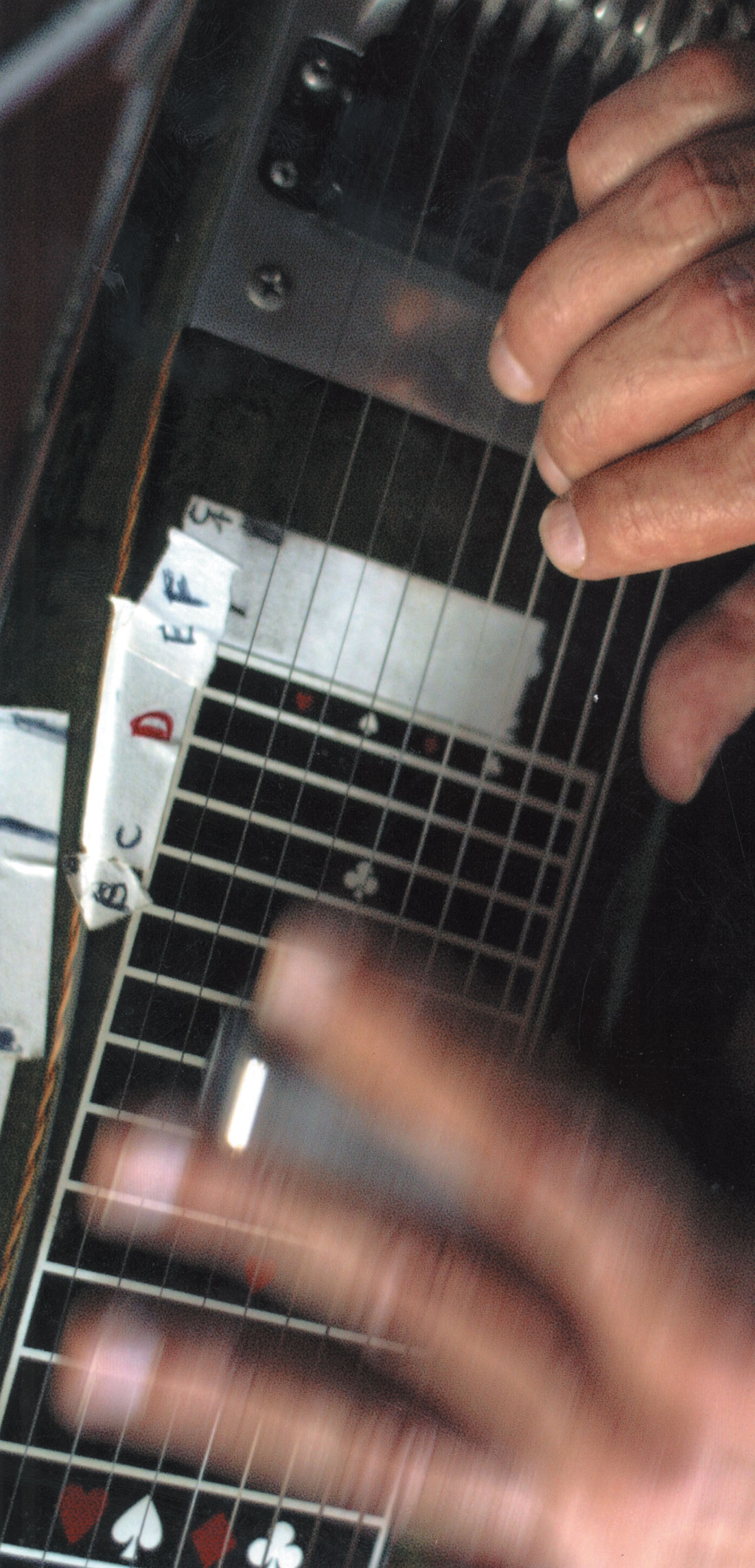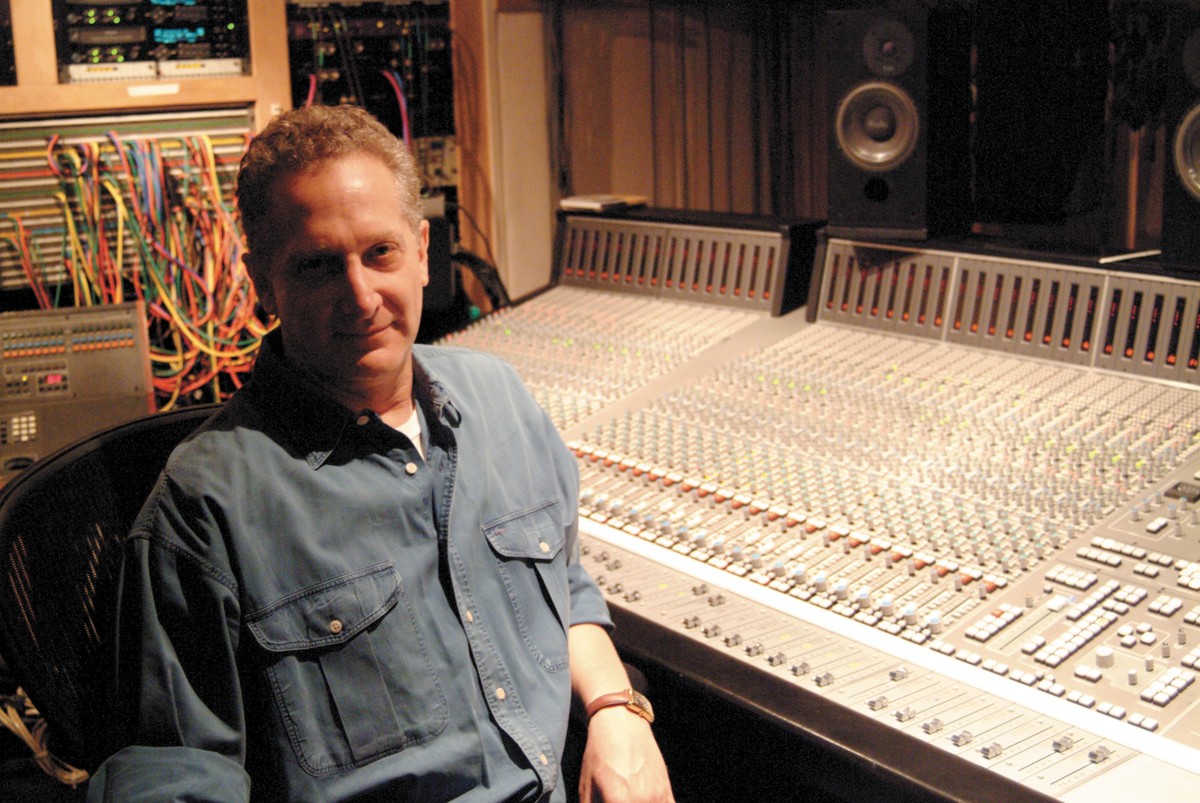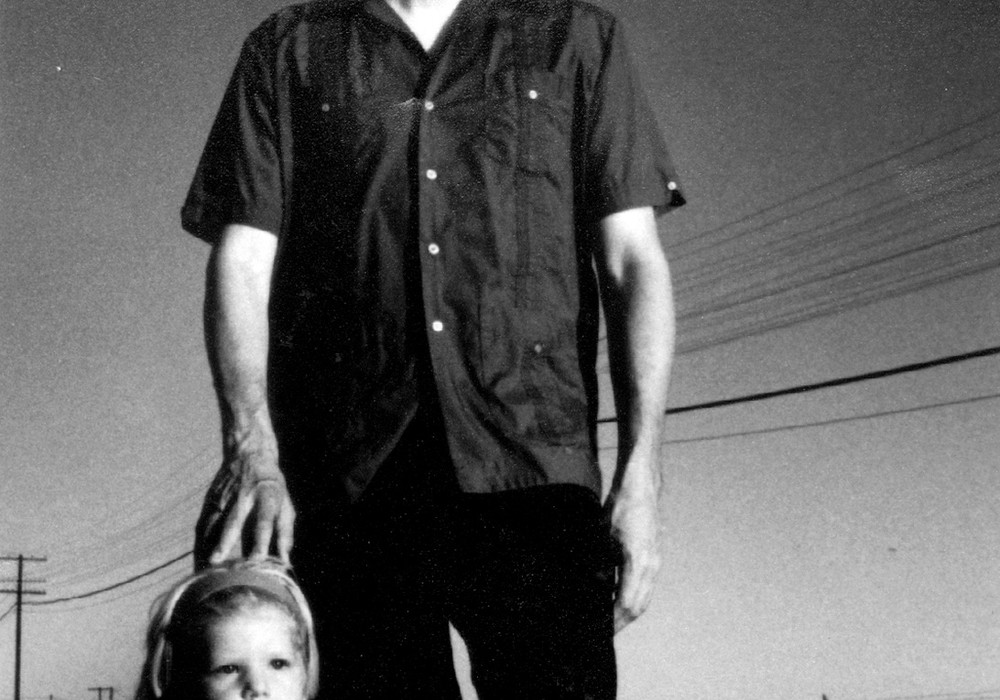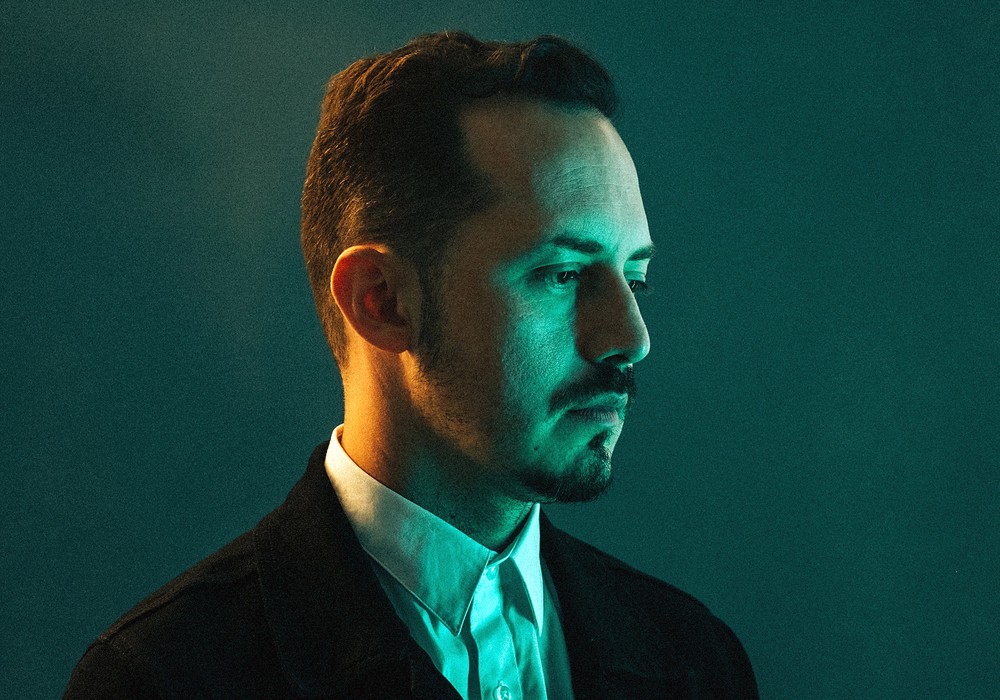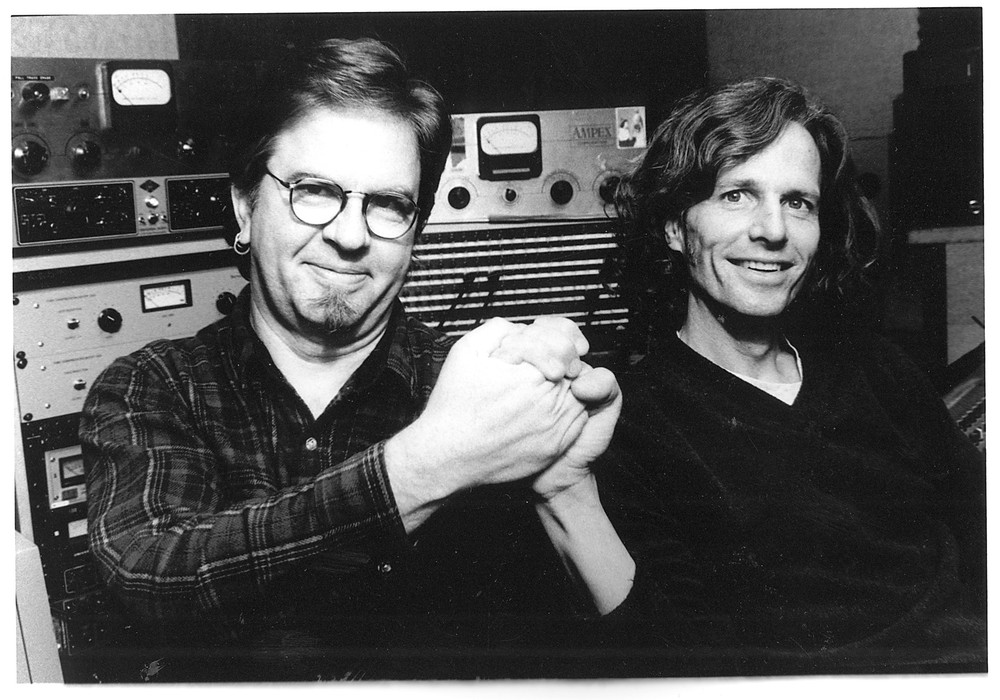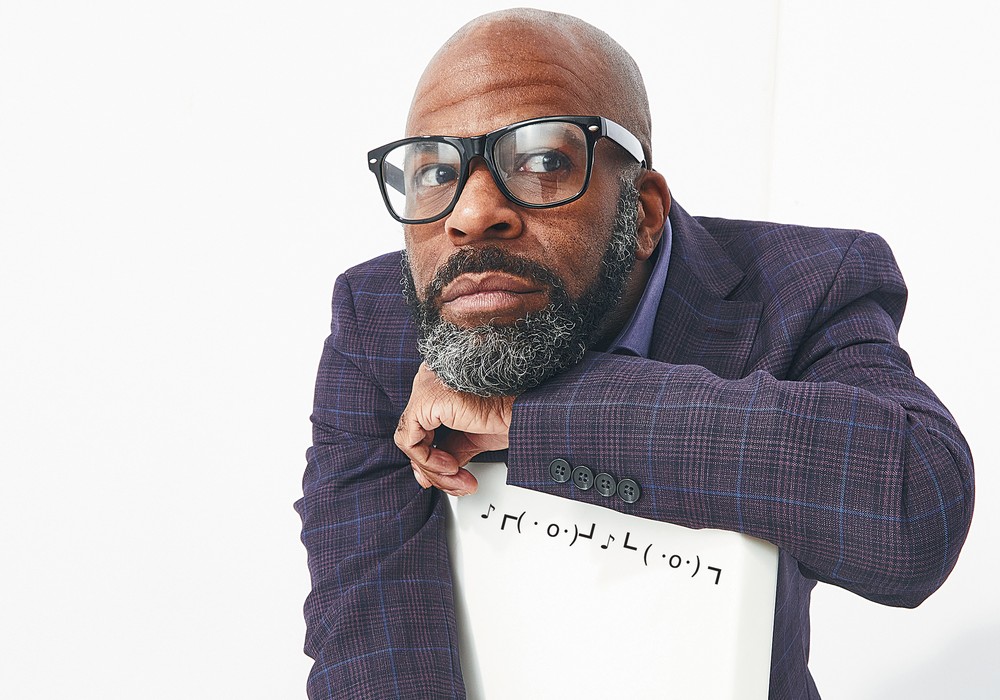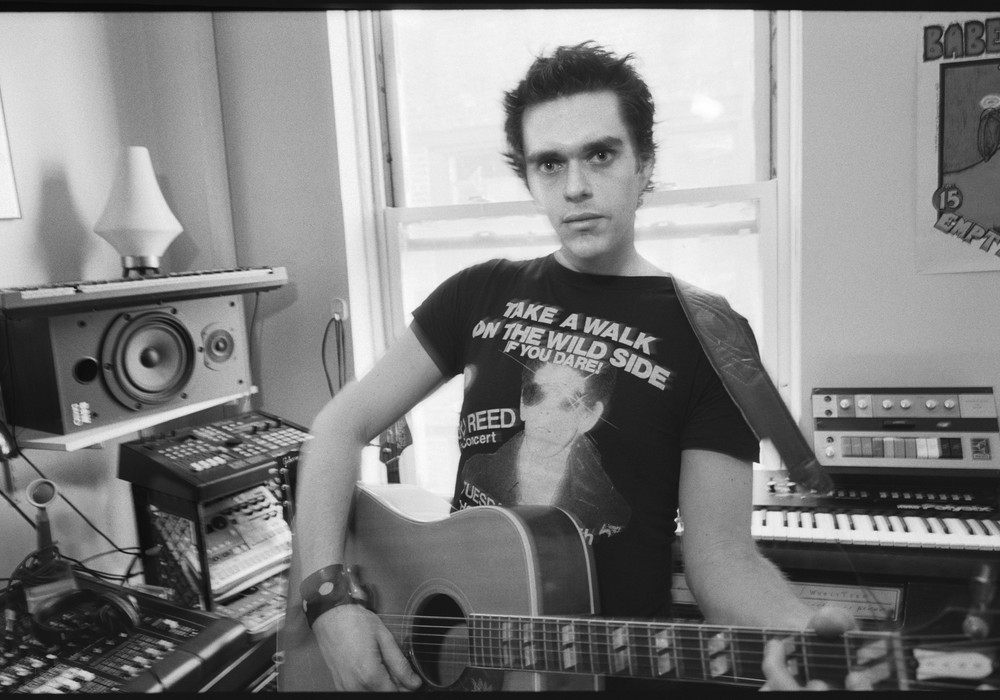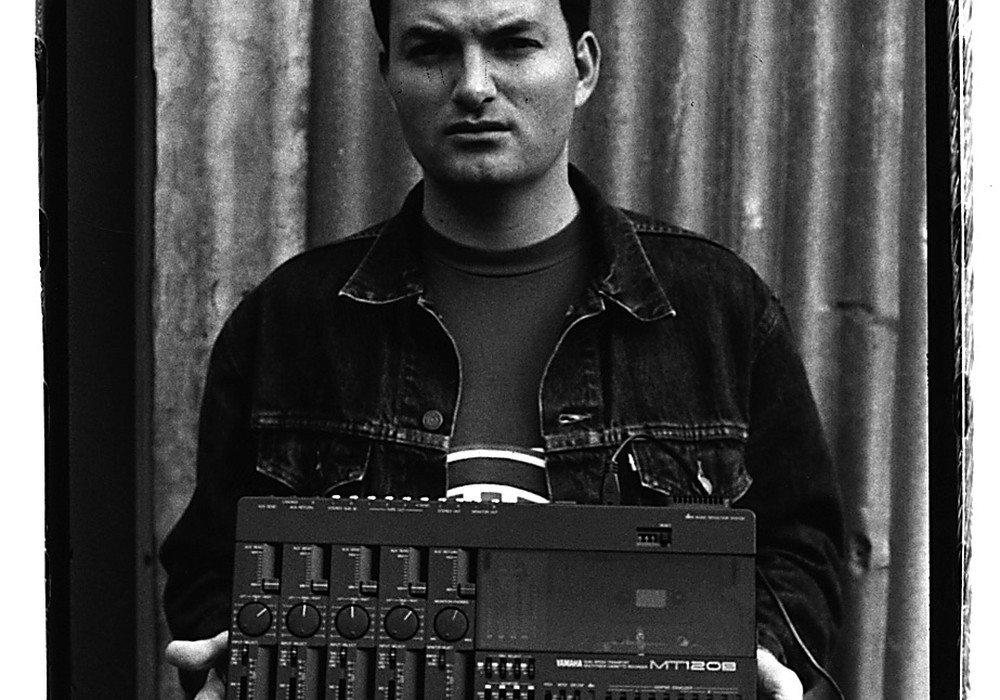Michael Brauer is the person who introduced me to subgroup compression. I had recorded a track with David Poe and, since Michael had already mixed the rest of the album, he offered to mix this track. Michael's explanation of his multi-bus compression approach got me started experimenting with compression subgroups. It took me a year to get to the point where I understood it well enough to realize that I needed to sit down with him and really learn what he had introduced me to. Our five-hour conversation filled in some important gaps on learning how to use a compressor and introduced me to using compressors in ways that I had never considered. I was also surprised when Michael told me that it took him two to three years to learn the sound of compression when he first started as an engineer. This is a mix engineer who is regarded by both peers and artists as a master of the use of compressors. I had also planned to grill him on the details of which compressor he likes on the inserts of every possible instrument. The answer I got was far more interesting than, "It varies." I think I am similar to most Tape Op readers in that, because of inexpensive recording equipment, I was able buy my own gear and teach myself engineering. Not only has digital recording possibly killed good sound and good music, but it has also killed the apprenticeship. Concepts like the ones discussed here are only passed from one person to another. This is almost impossible to learn on your own. The interview was a real lesson for me, and the closest I will ever come to an apprenticeship. I hope it will function as the same for you. Michael Brauer has been mixing for nearly 25 years. He's mixed many albums that I'm sure you've heard including Coldplay's Parachutes, the Rolling Stones'
Are you always using compression when you mix? Where are you using it?
Well, I'm using compressors, but I'm not always using compression. I use compressors a lot more as a form of tone than waiting for it to slam. Because of that, I have different chains where I use compression. I divide up my mix into combinations of four sub- groups, with a fifth uncompressed. The SSL 9000 gives me the ability to do that.
That's with the A, B, C and D stereo busses?
Yes. It has those four dedicated stereo busses and it has the master stereo bus. All four busses are processed differently. I use B for my bottom end, A for the top end of the record and I'll use C for the center of the record. Like guitars. Bus A goes to my Neve 33609 and then goes to a couple of Pultec EQs. They've both been modified and they sound fantastic. This is an early 33609, but it had the cards changed in it, so it's really warm. My Distressors and Avalon EQs are across the B bus for drums and bass. C went to a JoeMeek 1.05 until recently. It was a model that John Travis turned me onto. He said they're great on guitars and there's no other model of the JoeMeek that he liked as much as this. So I got it and I really liked across the guitar bus. Then I started playing around with the Pendulum compressors, the ES-8 and the 8610. The 8610 has a Fairchild tube with kind of darker sound. The ES-8 has a different tube which is a little bit more vibrant, brighter. I mixed a record using the Joe Meek [Tape Op #100] and when I was done with the mix, I set up the two Pendulum compressors identically to the way I set up my JoeMeek. I did three mix passes onto my Tascam hard drive [MX2424] with each setup. I brought them up and listened without knowing which was which and the one that just stood out, jumped out, was the ES-8. It's what had been in my head. I'd been wanting a certain sound, different than what the JoeMeek was offering me. So that's how things change for me. I usually stay very consistent with what A, B, C and D is going to be. D goes to a pair of Vac Rac, custom-made limiters and it's for when I want that extra warmth. What gets sent to D can be any combination of the first three busses, or sometimes I just send a track to it alone. If I want to warm up some strings for example, I would send it to D. Or I may send the vocals to both A and D. If it's giving me a better tone, then I'm going to send it to that.
Is your setup the same for every mix?
Always exactly the same initial setup.
Which is the one bus with nothing on it?
That's the stereo.
So you choose to send something to any of the A, B, C and D busses or to the stereo bus.
Yeah. Or, I can choose A, B, C, D and the stereo, if I want. You can use any combination.
What type of compression settings are you usually using? You said you don't always have a lot of compression going on. Is that from high thresholds or low ratios?
Each one is different. Each one I've chosen something I like. It depends on the record. If I want the bottom end to be really snappy and have almost that 1176 sound, I'll put the mod in on the Distressors. With the mod I leave it at 6:1. I look at everything all the time to see how hard it's working. If anything is working really hard, it might be the Distressor. But it's happening so fast, it's working hard on the transients, it's not staying on. The Pendulum is on its first preset which are based on the 670 stereo Fairchild presets. It opens up the image and when the guitars come through there, they're just more vibrant.
Is there a...
The rest of this article is only available with a Basic or Premium subscription, or by purchasing back issue #37. For an upcoming year's free subscription, and our current issue on PDF...
Or Learn More
